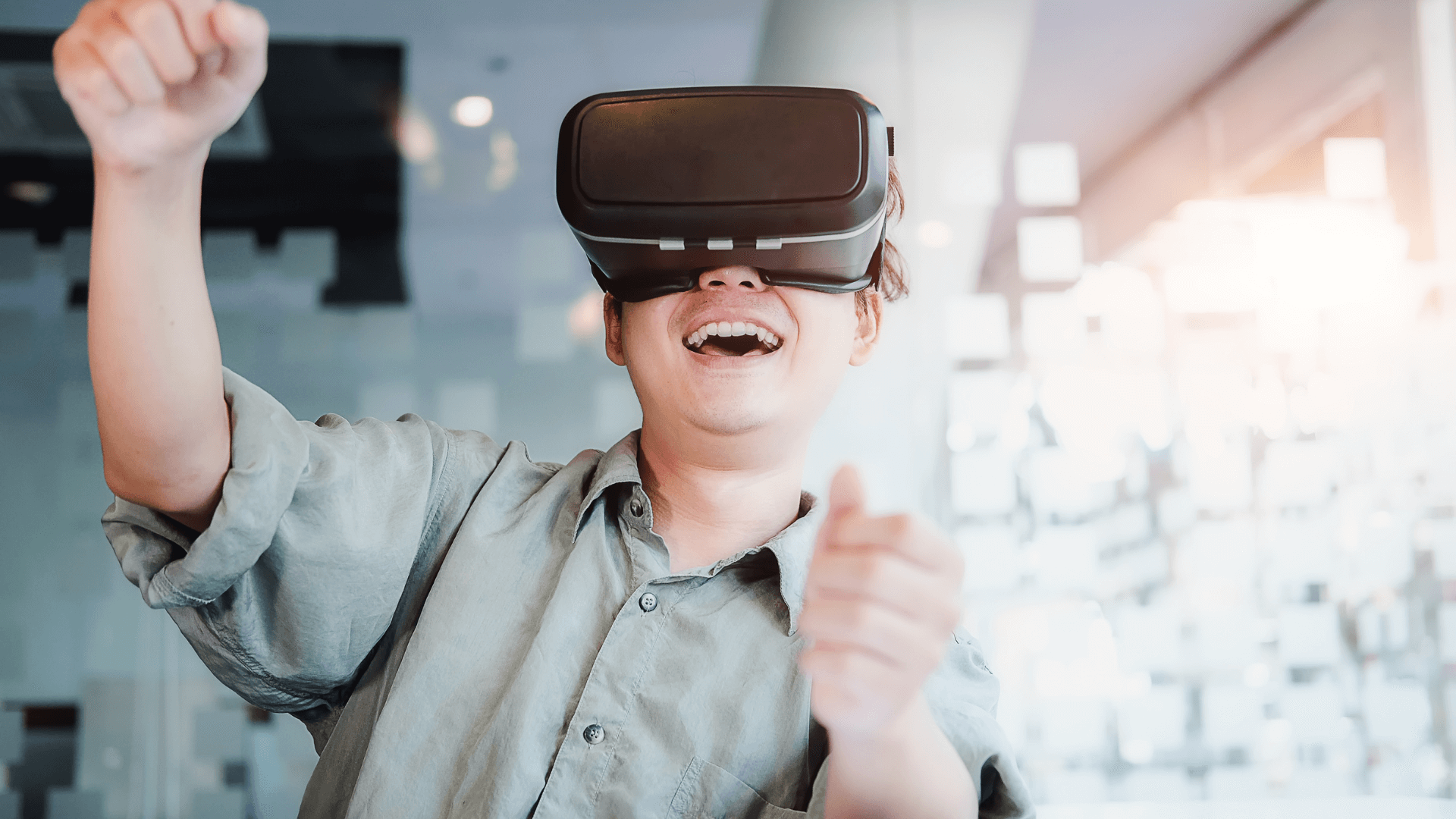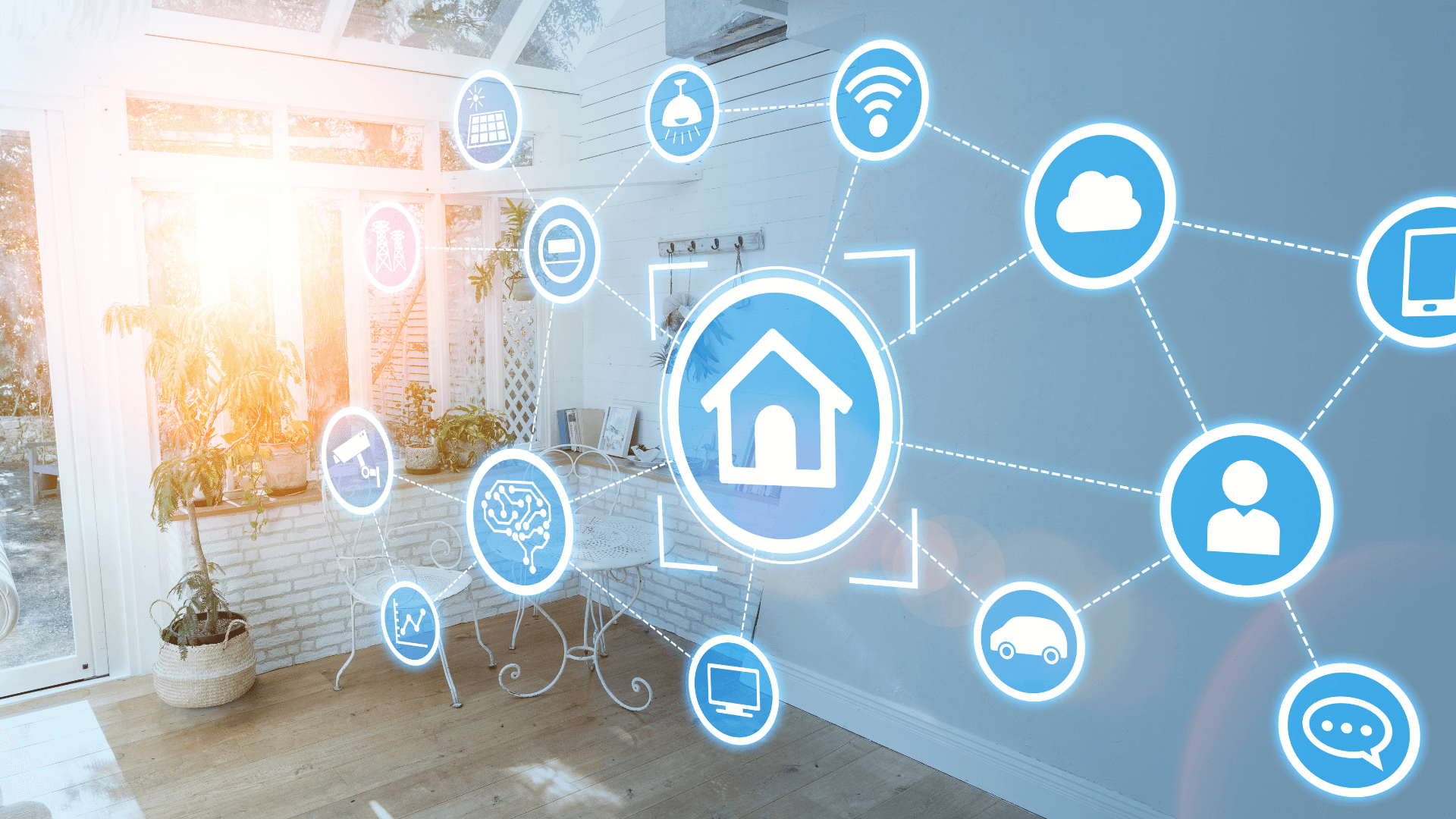Fitness trackers may have been the launchpad for wearable apps, but their potential stretches far beyond counting steps and monitoring heart rate. The future of wearable apps lies in becoming integrated companions for various aspects of our lives. Imagine smart glasses that display turn-by-turn navigation while walking or biking, eliminating the need to fumble with your phone. Visualise earbuds that adjust the volume based on ambient noise or a smartwatch that allows you to control your music player with intuitive gestures. Let us delve into the future of wearable apps and how they can transform how we interact with everyday life activities.
Enhanced Healthcare Management
Wearables can transform preventative healthcare by offering a constant stream of health data. Envision apps that monitor blood sugar levels in real-time for diabetics, providing crucial information for treatment adjustments and potentially even insulin delivery automation. Similarly, wearables can track sleep patterns, heart rate, blood pressure, and oxygen saturation, allowing for early detection of potential issues like arrhythmias, sleep apnea, or chronic respiratory conditions. Biometric sensors combined with AI-powered analysis could even predict health risks based on lifestyle habits and genetic predispositions. This proactive approach could empower individuals to take preventative measures, such as modifying their diet or exercise routine, or seeking medical attention before problems escalate. Wearables can also play a vital role in disease management. Devices with built-in medication dispensers or reminders can ensure patients adhere to their medication schedules, improving treatment efficacy. Additionally, wearables can be used for remote patient monitoring, allowing healthcare providers to track vital signs and treatment progress remotely, improving care coordination and reducing the need for in-person visits.
Revolutionising Payments and Security
Wearables can become secure and convenient payment methods, offering a much faster and more streamlined experience than traditional methods. Waving your smartwatch at a terminal or using a fingerprint scan on your fitness tracker could eliminate the need for physical wallets and cards, reducing the risk of loss or theft. Wearables with facial recognition can further enhance security by providing multi-factor authentication, making unauthorised access significantly more difficult. Additionally, wearable payment systems can be integrated with loyalty programs and digital receipts, simplifying the shopping experience. Envision seamlessly paying for your groceries with a tap of your wrist while loyalty points are automatically applied and a digital receipt is sent to your phone.

Personalized Productivity and Education
Picture a wearable app that acts as a contextually aware personal assistant. As you leave for work in the morning, it can remind you to check the weather forecast and traffic conditions. Arriving at the office, it can sync with your calendar to display your upcoming meetings and provide directions to the meeting rooms. Throughout the day, it can notify you of important emails or calls, allowing you to prioritize your tasks. The future of wearable apps could also create a convenient way of travel where barcodes and QR codes are saved to your wallet. From the wallet, you can connect your watch where you can tap your watch. You can also stay updated on event changes or gate changes at the airport.
In the educational field, wearables with AR/VR capabilities could create immersive learning experiences, bringing textbooks and classrooms to life. For example, picture a history student wearing AR glasses that overlay a virtual recreation of a historical scene of surroundings. Or, a biology student could use VR to explore the inner workings of a human cell.
Seamless Smart Home Integration:
Wearables can become the central hub for controlling your smart home, transforming your living space into a responsive and personalized environment. Picture yourself walking into your house after work and having the lights automatically adjust to a warm welcome setting. Feeling a chill? A simple tap on your smartwatch can increase the thermostat temperature a few degrees. Did you forget to lock the door? No problem, your wearable can handle it remotely. Wearables can even react to your presence in real-time. As you enter the kitchen, the fridge illuminates its contents and suggests recipe ideas on the ingredients you have. Leaving the house? Wearables can be programmed to activate security mode, lock doors, and lower thermostats to conserve energy while you’re away. Continued development of wearable apps has potential to integrate with a range of devices, creating an automated and responsive environment.

Mental Wellness and Focus Management
Wearables can play a significant role in managing mental well-being. Apps can track stress levels through various physiological signals, such as heart rate variability and skin conductance. When stress levels begin to rise, the app can recommend relaxation techniques like deep breathing exercises or short meditation sessions. Biofeedback features can help users achieve a state of focus by providing real-time feedback on physiological responses. Wearables can display calming animations during deep breathing, promoting focus and reducing anxiety through positive reinforcement. Wearables can integrate with mindfulness apps, offering guided meditations or reminders to take a moment of pause throughout the day. Promoting relaxation techniques and focus management, wearables empower individuals to take charge of their mental health and improve emotional resilience.
The Future is Collaborative
The future of wearable apps’ potential will be unlocked by working together across different platforms and functionalities. Here’s how this collaboration will play out:
Cross-device Integration
Your fitness tracker seamlessly shares data with your smart home system. After an intense workout, your wearable can automatically adjust the thermostat to a cooler setting or activate your smart shower. Similarly, sleep data from your wearable could be integrated with a smart alarm clock, gently waking you up based on your sleep cycle rather than a jarring alarm. Collaboration between wearables and other smart devices will create a more holistic and user-centric experience.
Open API Ecosystems
Currently, many wearable apps function within closed ecosystems, limiting their potential. The future lies in open API (Application Programming Interface) ecosystems that allow developers to create apps that work seamlessly across different wearable platforms. This would open doors for innovative functionalities. Imagine a single app that uses data from your smartwatch and smart glasses to provide real-time calorie burn information during an augmented reality fitness routine. Open APIs would foster a more dynamic app development landscape, leading to a wider variety of user-focused applications.

In conclusion, wearable apps have transcended their fitness-tracking origins, poised to become ubiquitous companions that enhance various aspects of our lives. From revolutionizing healthcare management and payments to fostering a more connected smart home environment, the potential applications are vast. However, to truly unlock their power, collaboration between platforms, devices, and data sharing with healthcare professionals will be crucial. As wearable technology continues to evolve and integrate with our daily routines, the future promises a more seamless, personalized, and interconnected world where technology empowers us to live healthier, more productive, and more fulfilling lives.
Visit our Article page to see other helpful articles and videos.
Follow us on social media to stay up to date.

